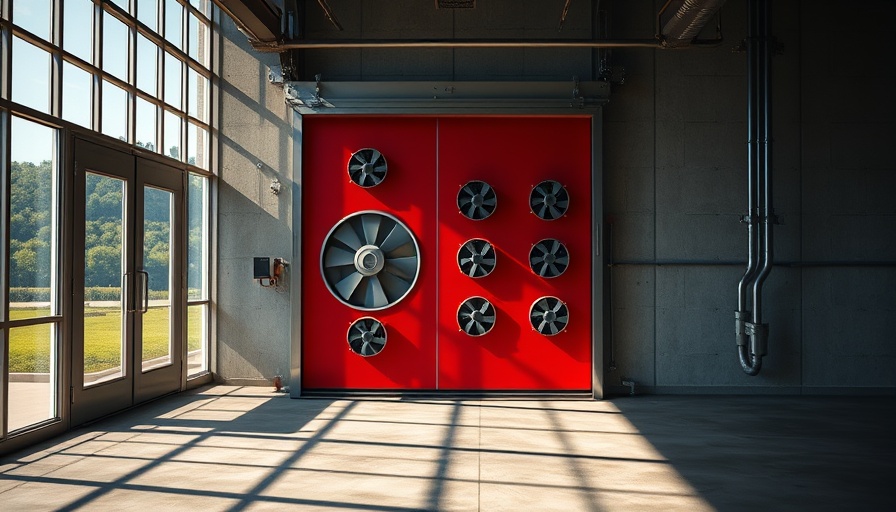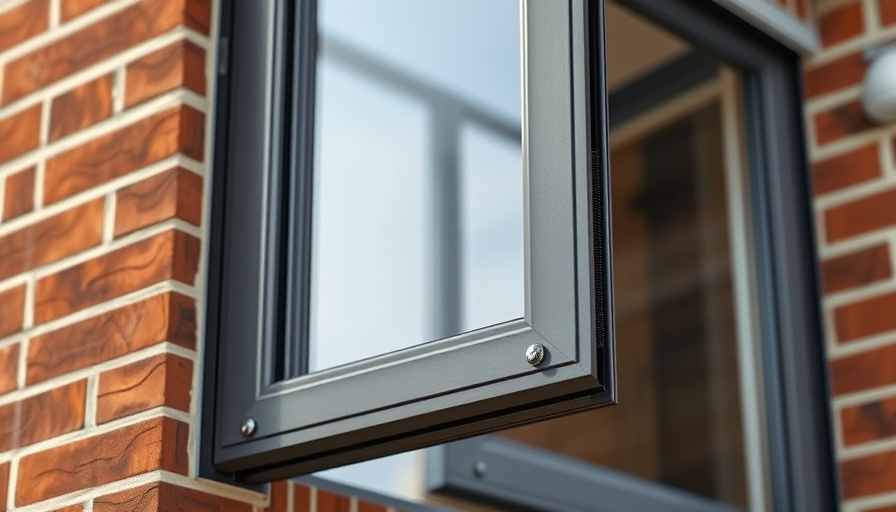
Understanding Commercial Blower Door Testing
Commercial blower door testing is an essential procedure for evaluating the air tightness of buildings. This testing determines how much air escapes through roofs, walls, and other areas, which ultimately affects a building's energy efficiency and comfort levels. By understanding the implications of these tests, building owners can make informed decisions on improving energy performance while also meeting regulatory compliance.
The Importance of Air Leakage Testing
Air leakage represents a significant loss of energy in commercial buildings. According to recent studies, up to 30% of a building's heating and cooling could be wasted due to air leaks. Conducting blower door tests allows property managers to pinpoint specific areas that require sealing or improvement, potentially leading to substantial energy cost savings. Additionally, reducing air leakage can enhance indoor air quality and create a more comfortable environment for occupants.
How Blower Door Tests Work: A Scientific Approach
The testing process involves a large fan installed in a doorway that creates a pressure difference between the inside and outside of the building. This pressure difference allows assessors to quantify the flow of air escaping, providing a clear analysis of the building's envelope efficiency. Advanced techniques, such as thermography or smoke tests, can be employed in conjunction with blower door testing to identify and visualize airflow paths hot and cold. These methods provide crucial insights that empower building professionals.
Recent Innovations in Testing Technology
As technology evolves, so does the methodology behind building performance assessments. Newer digital pressure gauges and software can streamline the testing process. Moreover, innovations in measurement techniques ensure that tests yield accurate results even in challenging environments. This technological advancement reflects the growing emphasis on building sustainability and energy conservation. Such tools have become indispensable in determining a building's design and ensuring it adheres to energy codes.
Regulatory Compliance: Meeting Standards and Frameworks
With increasing governmental regimes focusing on climate change and energy efficiency, regulatory compliance is no longer optional for commercial buildings. Standards like ASHRAE 90.1 define air leakage limits that buildings must adhere to, necessitating blower door testing. Understanding these regulations helps property owners not only comply but also adopt proactive strategies for performance enhancement. Being ahead of regulatory requirements can also position a business as a leader in sustainability practices.
Actionable Steps for Building Managers
For property managers looking to improve energy efficiency, the first step is to schedule a blower door test. Based on the outcomes, targeted sealing or structural adjustments can be made. Regular testing can be integrated into maintenance schedules to ensure ongoing compliance and efficiency, thereby preserving asset value and optimizing operational costs.
In summary, commercial blower door testing is crucial for evaluating air leakage, enhancing occupant comfort, and ensuring compliance with energy standards. By staying abreast of testing innovations, regulations, and best practices, building owners can significantly enhance their properties' efficiency and sustainability.
 Add Row
Add Row  Add
Add 






Write A Comment